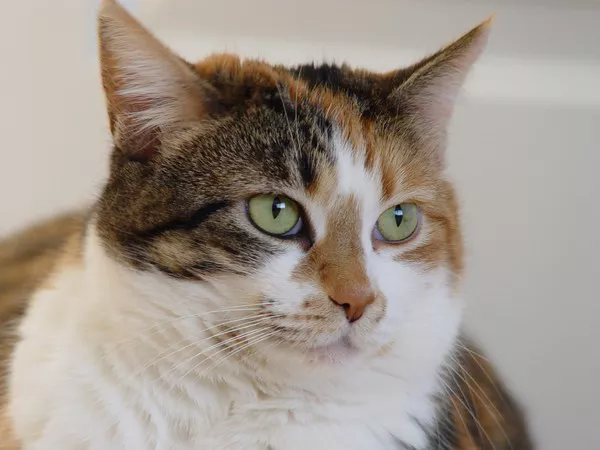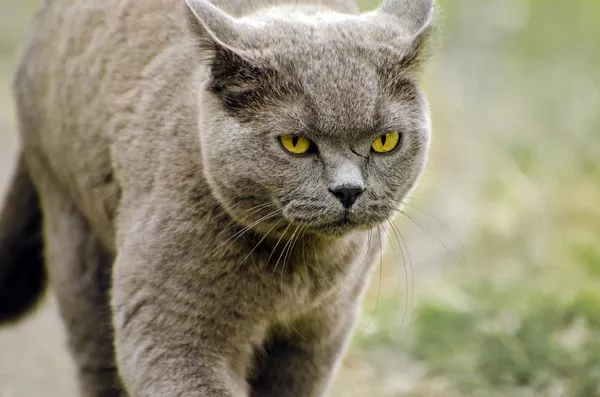The Japanese Shorttail Cat, often referred to as the Japanese Bobtail, is a breed that has captivated the hearts of many with its unique short tail and charming appearance. This breed has a rich history intertwined with Japanese culture, folklore, and art. To understand where the Japanese Shorttail Cat comes from, we must delve into the ancient annals of Japan’s past, exploring the role these felines have played in the country’s traditions and how they came to be recognized as a distinct breed.
Ancient Roots and Cultural Significance
The exact origins of the Japanese Shorttail Cat are shrouded in mystery, but evidence suggests that cats were present in Japan as early as the 6th century AD. It is believed that domesticated cats were first introduced to Japan from China or Korea via Buddhist monks who brought them along to protect valuable religious texts from rodents. Over time, the feline population in Japan grew, and among these cats, natural mutations led to the development of the characteristic short-tailed trait seen in the Japanese Shorttail.
In Japanese culture, cats have always held a special place. They are often depicted in ukiyo-e woodblock prints, literature, and other forms of art. The Maneki-neko, or “beckoning cat,” a common lucky charm in Japan, is based on the image of a Japanese Shorttail Cat, symbolizing prosperity and good fortune. The breed’s connection to such cultural symbols underscores its importance and revered status in Japanese society.
Genetic Peculiarities and Breed Development
The most striking feature of the Japanese Shorttail Cat is its short, pom-pom-like tail, which can vary in shape and length. This distinctive trait is due to a recessive gene that causes the spine to develop abnormally, resulting in a shorter tail. Unlike some other short-tailed breeds, the Japanese Shorttail’s tail is not the result of a genetic defect but rather a naturally occurring mutation. This means that when two Japanese Shorttail Cats mate, their offspring will also inherit the short-tail gene, preserving the breed’s unique characteristic.
Over centuries, Japanese breeders carefully selected for this trait, ensuring that the short-tailed cats became more prevalent and eventually established as a distinct breed. The selection process was guided by both aesthetic preferences and practical considerations, as the short tail made the cats less likely to get caught in the dense underbrush of Japan’s forests.
Historical Records and Early Documentation
While the exact timeline of the Japanese Shorttail’s development is not well-documented, there are several historical references that provide clues about the breed’s evolution. One of the earliest known depictions of a short-tailed cat in Japan appears in a 12th-century scroll called the “Nihon Shoki,” which includes illustrations of cats with unusually short tails. These images suggest that the short-tailed trait was already present in Japan during this period.
Another important document is the “Edo Period Picture Scroll” (1603-1868), which features numerous depictions of cats, including those with short tails. During the Edo period, cats were highly valued for their ability to control rodent populations, especially in urban areas like Edo (modern-day Tokyo). The short-tailed cats were particularly favored because they were agile and well-suited to navigating the narrow streets and alleys of the city.
International Recognition and Modern Popularity
It wasn’t until the 20th century that the Japanese Shorttail Cat gained international recognition. In 1968, the breed was officially recognized by the Cat Fanciers’ Association (CFA) in the United States, marking a significant milestone in its global popularity. Since then, the Japanese Shorttail has been embraced by cat lovers around the world, admired for its elegance, intelligence, and playful nature.
Today, the Japanese Shorttail Cat is celebrated not only for its physical attributes but also for its temperament. Known for being active, curious, and social, these cats form strong bonds with their human companions. They are often described as “dog-like” in their loyalty and affection, making them excellent pets for families and individuals alike.
Conservation Efforts and Breed Standards
Despite its growing popularity, the Japanese Shorttail Cat remains relatively rare outside of Japan. Efforts to preserve the breed’s purity and promote responsible breeding practices are ongoing. The Japanese Cat Association (JCA) plays a crucial role in maintaining breed standards and ensuring that the short-tailed trait is passed down to future generations. The JCA also works to raise awareness about the breed’s cultural significance and the importance of preserving its unique characteristics.
In addition to the JCA, various international cat organizations have established breed standards for the Japanese Shorttail. These standards emphasize the importance of the short tail, as well as other key traits such as the breed’s medium-sized body, triangular head shape, and large, expressive eyes. The coat can come in a variety of colors and patterns, including solid, tabby, and calico, adding to the breed’s versatility and appeal.
Folklore and Superstition
The Japanese Shorttail Cat has long been associated with folklore and superstition in Japan. One of the most famous legends is the story of the “Bakeneko,” or “monster cat,” which tells of a cat that transforms into a supernatural being after living for many years. While this tale may seem ominous, it reflects the deep respect and reverence that Japanese people have for cats, especially those with unusual traits like the short tail.
Another popular legend involves the “Maneki-neko,” or “beckoning cat,” which is believed to bring good luck and fortune to its owners. The Maneki-neko is often depicted with one paw raised, as if inviting customers into a shop or welcoming guests into a home. Many believe that the inspiration for the Maneki-neko came from observations of real-life Japanese Shorttail Cats, who were known for their playful and interactive behavior.
Conclusion: A Living Legacy
The Japanese Shorttail Cat is more than just a breed; it is a living legacy that connects modern Japan to its ancient past. From its humble beginnings as a rodent-catching companion to its current status as a beloved pet and cultural icon, the Japanese Shorttail has left an indelible mark on Japanese society. Its unique short tail, charming personality, and rich history make it a truly special breed that continues to enchant people around the world.
As we look to the future, it is important to honor the heritage of the Japanese Shorttail Cat and ensure that this remarkable breed continues to thrive. By supporting conservation efforts and promoting responsible breeding practices, we can help preserve the beauty and uniqueness of the Japanese Shorttail for generations to come.
Related topic:

























